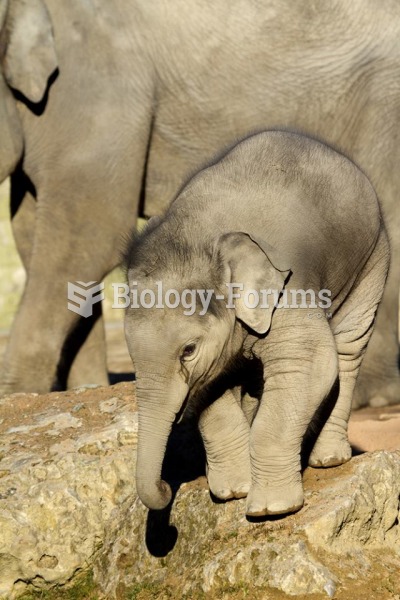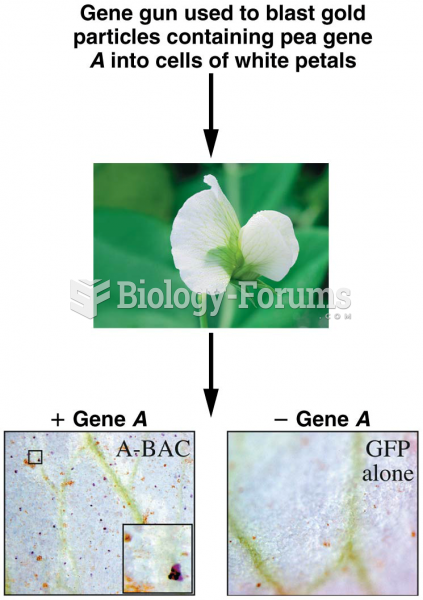Question 1
What do these images of gas stations reveal about commercial roadside businesses in the 1920s?
A) Retailers used both familiar and whimsical images to attract passers-by.
B) Service stations were mostly located in urban rather than remote areas.
C) Roadside restaurants, lodging quarters, and gas stations were only available to white
customers.
D) Gasoline was so profitable that owners could afford to create eye-catching buildings.
Question 2
What do these advertisements from the Colored Tennessean indicate about the unrestricted mobility that former slaves suddenly had after emancipation?
A) Former slaves left their old plantations, which were home to many bitter memories.
B) Some ex-slaves just decided to wander for pleasure with no particular designation in mind.
C) Freedmen searched for loved ones who had been sold away years before.
D) African Americans decided to move to urban areas in search of better job opportunities.
Question 3
What was the purpose of this photograph that was taken on the march from Selma to Montgomery the week after Bloody Sunday and features civil rights protestors praying in front of a billboard claiming Martin Luther King Jr. was a communist?
A) to show that King and his followers were devout Christians intent on promoting a democratic
nation
B) to demonstrate that, through prayer, these activists espoused nonviolent beliefs in advancing
civil rights
C) to ascertain that they had the First Amendment right of religious freedom despite the color of
their skins
D) to counter charges from ultra-conservative groups that the Civil Rights Movement was
intentionally provoking violence so a communist revolution could take place
Question 4
Tender laws allowed farmers to pay debts with __________.
A) paper money
B) goods
C) gold and silver
D) depreciated currency







